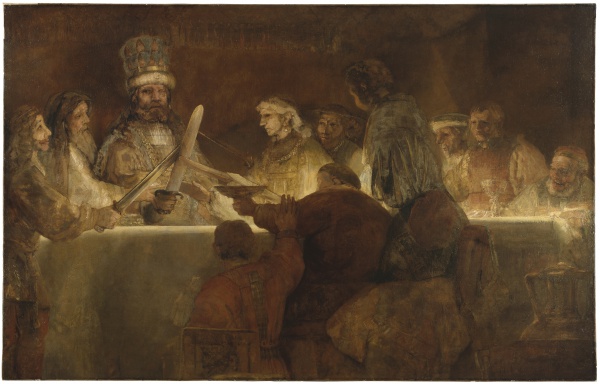Facts About The Conspiracy of Claudius Civilis
"The Conspiracy of Claudius Civilis" is a mesmerizing oil painting by Rembrandt, created around 1661-62. Originally, it was an immense piece, measuring five by five meters, commissioned by the Amsterdam city council to adorn their Town Hall. However, Rembrandt later had to significantly reduce its size to facilitate its sale. The painting depicts a scene from the Batavian rebellion led by Claudius Civilis, inspired by Tacitus's "Histories." Civilis, a tribal leader, spearheaded a revolt against the Romans in 69-70 AD.
This commission was part of a broader initiative to decorate the new city hall with historical paintings, which were highly valued in the 17th century. Unfortunately, the painting failed to meet the council's expectations in terms of style and composition. Consequently, Rembrandt was not compensated, and the painting was removed and altered.
The journey of this artwork is quite captivating. It was sold at auction in 1734 and eventually made its way to Sweden, where it was displayed in various locations before being acquired by the Nationalmuseum in Stockholm. Over the years, it has undergone restoration and revaluation, with ownership retained by the Academy of Arts. Recently, the painting has been featured in various exhibitions, including at the Rijksmuseum in Amsterdam and the Gothenburg Museum of Art in Sweden.
Despite its tumultuous history and initial criticism, "The Conspiracy of Claudius Civilis" remains a significant piece in Rembrandt's oeuvre, exemplifying his distinctive artistic vision and style.

 Finland
Finland